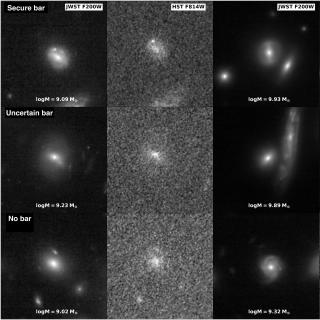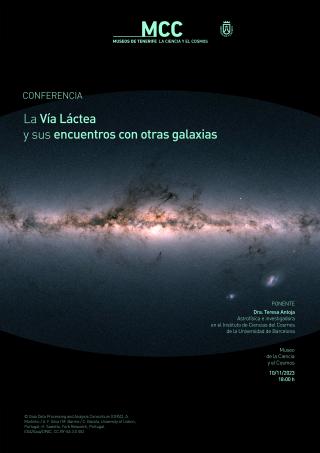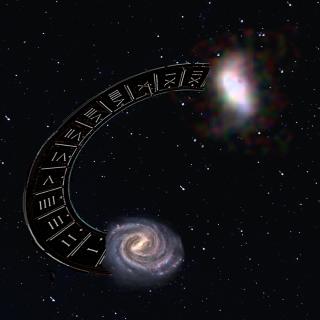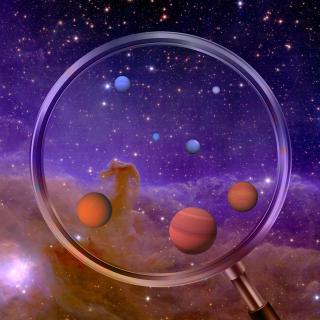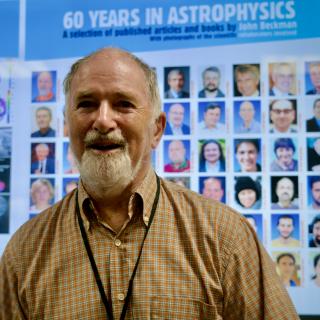
Julissa Reynoso, US Ambassador to Spain, together with other members of her team, visited yesterday the headquarters of the Instituto de Astrofísica de Canarias (IAC) in La Laguna, accompanied by Rafael Rebolo, Director of the IAC. During their tour of the facilities, they were briefed on the various research programmes and technology projects under development. They also received a dossier on all the ongoing collaborations with US research centres and possible projects still under negotiation, such as the Thirty Meter Telescope (TMT) and the Event Horizon Telescope (EHT).
Advertised on
